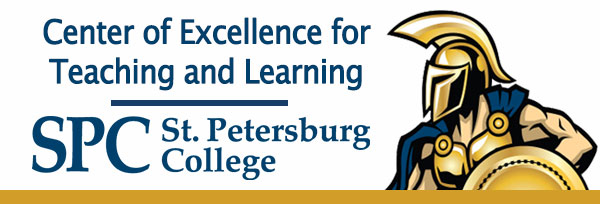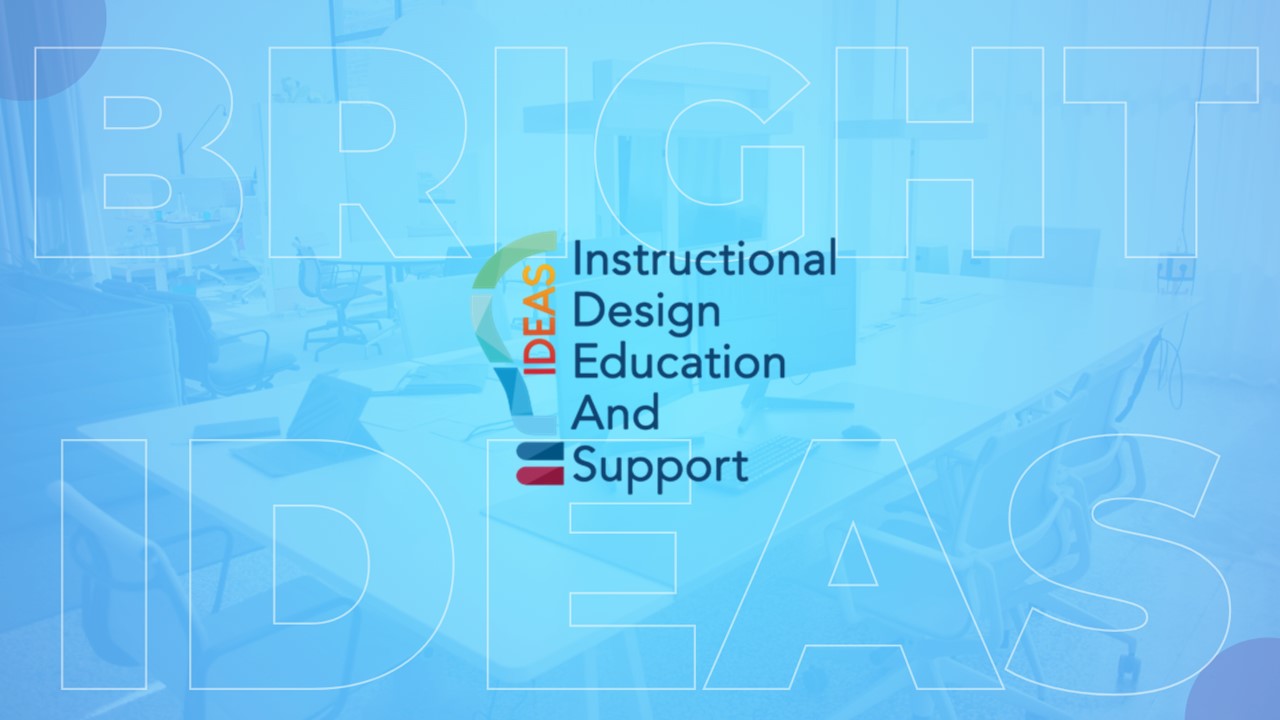Community Building in Virtual Spaces
A community is a supportive social group in which members feel a sense of belonging and share a common interest, experience, or goals (Berry, 2017; Brown, 2001; McMillan & Chavis, 1986; Rovai, 2003). In a busy, over-scheduled world, virtual communities can provide the gift of both synchronous and asynchronous connection, fitting into the often-small slivers of time that exist. You may miss live events yet can still respond or contribute later when time permits. For virtual academic community building, the common interest is in effect the content of what instructors are trying to teach students, while the virtual community provides the opportunity for further collaboration and peer to peer learning.
Why are Virtual Learning Communities Important?
Intentionally building community within your course can enhance the climate within the course, learning experience for your students and your own teaching experience. Furthermore,community building is vital to achieve student engagement within the course.
Research shows that when students feel that they belong to their academic community, they matter to one another, they can find emotional, social, and cognitive support for one another, they are able to engage in dialogue and reflection, and they more actively and take ownership and responsibility of their own learning (Baker, 2010; Berry, 2019; Brown, 2001; Bush et al. 2010; Cowan, 2012; Lohr & Haley, 2018; Sadera et al., 2009).
Virtual Learning Community of Inquiry
The diagram below shows the connections between Learners, Instructors, and Content within the virtual community. Instruction defines the relationship between Learner and Instructor. Engagement describes the interaction between Learners and Content. Instructors develop learning strategies to teach the Content to students, with the Virtual Community at the intersection of all of them.
Particularly in a learning community, members (both students and instructors) engage in collective inquiry and provide each other with academic and social support (Lai, 2015; Shrivastava, 1999).

Types of Learning Communities
Collaborative Communities
Collaborative learning communities occur when students engage in online collaborative learning activities, they have opportunities to share their thoughts and strategies with their peers. Students gain a deeper understanding of concepts through their collaborations and strengthen their metacognitive skills.
Social Communities
Students use technology to create connections using tools such as video conferencing, chat, and social media groups. Social communities allow students to interact with each other even though they are not physically in the same place at the same time and allow discussions to continue without the constraints of time and location.
Strategies for Building Virtual Learning Communities
Collaborative Communities
Creative Collaboration: Great for allowing students to showcase their skills and teamwork. These projects can be a presentation, a movie, an essay, a work of art or music or even the construction of something like a computer program. Instructors can also assign writing projects that require students to work together to create a story, a poem, or a play. Here, tools like discussions, Google Docs or Microsoft Teams can be used to share their work and receive feedback from their peers.
Research Collaboration: Students investigate and work together to find the answers to questions posed to them or answer ones they’ve created themselves. Case studies might be a starting point. They can research information and share scholarly evidence through discussion forums, email, and Zoom. Furthermore if there is any data to be analyzed they can use tools like Excel or Google sheets to share and assess the results. Lastly, the deliverable for these can be a research paper, or an online presentation through Zoom or video, where students can again collaborate on sharing their findings to the rest of the class.
Critique Collaborations: Peer review is a common method of collaboration, where students can provide feedback on each other’s work, and offer suggestions for improvement. This method can be conducted through discussion forums within MyCourses, and through email or Zoom. Group discussions can be used to facilitate collaborative critiquing as well. Instructors can prompt students with discussion questions related to a particular topic, and students can then respond to other students to share their perspectives and ideas with their classmates.
Social Communities
Promote social interaction: Encourage students to use social media and other online platforms to connect with each other outside of class and build a virtual community.
Personalize your approach: Use video introductions to start class as well as personalized feedback to each student to help students feel valued and connected. It’s also helpful to use humor, storytelling, and other engaging techniques to make the class more enjoyable.
Network Building: Promote social interaction by encouraging students to use social media and other online platforms to connect with each other and pursue interests outside of class. Students could start a walk for charity team or competition. They can create a remote scavenger hunt or use collaborative tools such as Google Docs to co-create lists and ideas for shared offline experiences (such as book clubs, movie watching, podcasts, video games, new skills or hobbies, or things to do locally).
Challenges When Building Virtual Learning Communities
- With technology issues, there’s always a chance of some technical difficulties causing a disruption. These can be as simple as Zoom or the internet not working.
- Communication difficulties could arise from this, but misunderstandings from written communication can often occur in discourse, which detract from team building.
- Working asynchronously can put stress on time constraints, as student’s often hand off work back and forth.
- And lastly there’s the issue of social loafing, whereas we have all seen there’s usually one student hanging back and not participating in all the group work.
Circumventing These Challenges
To mitigate these pitfalls, instructors should provide clear guidelines for group work, assign specific roles to each group member, and establish regular check-ins and deadlines. Additionally, instructors should monitor group progress and provide support and feedback to groups as needed.
Regardless of the methods you use to build community, your students can benefit from getting to know you, connecting with each other, becoming engaged in the coursework, and understanding that they belong at SPC.
Resources
- Webinar Presentation (PowerPoint Download)
- Webinar Recording (49:50)
- The impact of instructor immediacy and presence for online student affective learning, cognition, and motivation.
- The Community of Inquiry Model
Join the Conversation in the IDEAS Community Building FLIP:
https://flip.com/6c5db122
Feedback? IDEAS Event Feedback Form
Questions? IDEAS@SPCollege.edu



